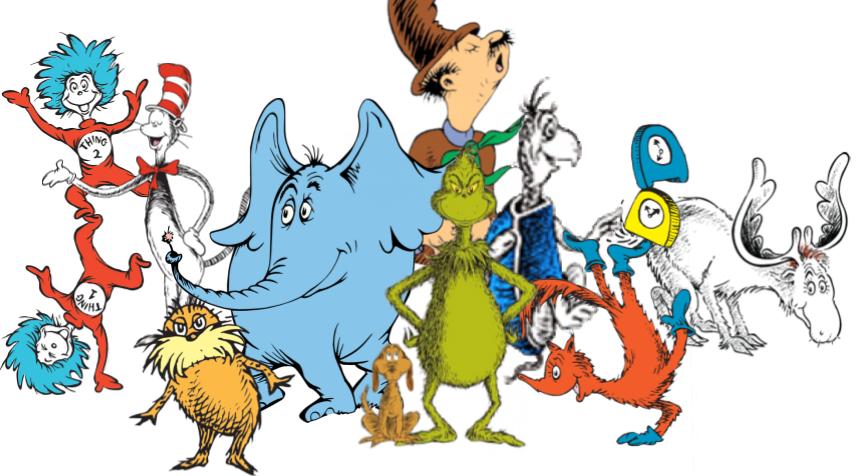

Their article indicates that the book, among other problematic views, promotes colorblindness, thereby disregarding the historical and long-ranging impact of racism.Ĥ5. Published in 1953, Seuss's book The Sneetches is used in classrooms today as an "anti-racist fable." However, researchers Ishizuka and Stephens' modern day interpretation of the story suggest the opposite. Seuss had a licence plate that says "GRINCH".¹Ĥ4. Seuss is credited with inventing the word "nerd." It first appeared in If I Ran the Zoo in 1950.¹Ĥ3. Seuss would sometimes send the caller a drawing of the fish they ordered, instead of redirecting them to the store.¹Ĥ2. Seuss's phone number was one digit off from the local fish store. Theodore Roosevelt was the 26th President of the United States. He and Helen were unable to have children.¹ They moved into a walk-up apartment in New York City, where Seuss worked to establish himself as a cartoonist.ģ4. in English, but he never completed his studies.¹ģ3. Seuss met his wife, Helen Palmer, while they attended Oxford University in 1926. Seuss dedicated the book to Mitsugi Nakamura, the dean of Doshisha University in Kyoto, who helped him while he toured schools across the country interviewing children.ģ2. Horton Hears a Who! was inspired by Seuss's time in Japan. In 2019, researchers Katie Ishizuka and Ramón Stephens published a paper in Research on Diversity in Youth Literature, documenting the author's long history of racist depictions of people of colour in magazine cartoons and advertisements. However, he was regretful about some of his cartoons, which depicted Japanese Americans in offensive caricatured styles.ģ0. These offensive drawings were not limited to war time propaganda. Seuss was awarded the Legion of Merit for his efforts during the war. A cartoon based on Seuss's story Gerald McBoing-Boing won best animated short film in 1951.¹Ģ9. An adapted version of a wartime training video about Japanese culture, titled Design for Death, won best documentary feature in 1948. Seuss's work has earned two Academy Awards. During the Second World War, he enlisted in the army and was sent to Hollywood to produce propaganda cartoons featuring the military misadventures of Private SNAFU.¹Ģ8. In 1942, Seuss began creating political posters encouraging America to enter the war.Ģ7. The Seven Lady Godivas was a flop and Seuss went back to writing children's books.


 0 kommentar(er)
0 kommentar(er)
